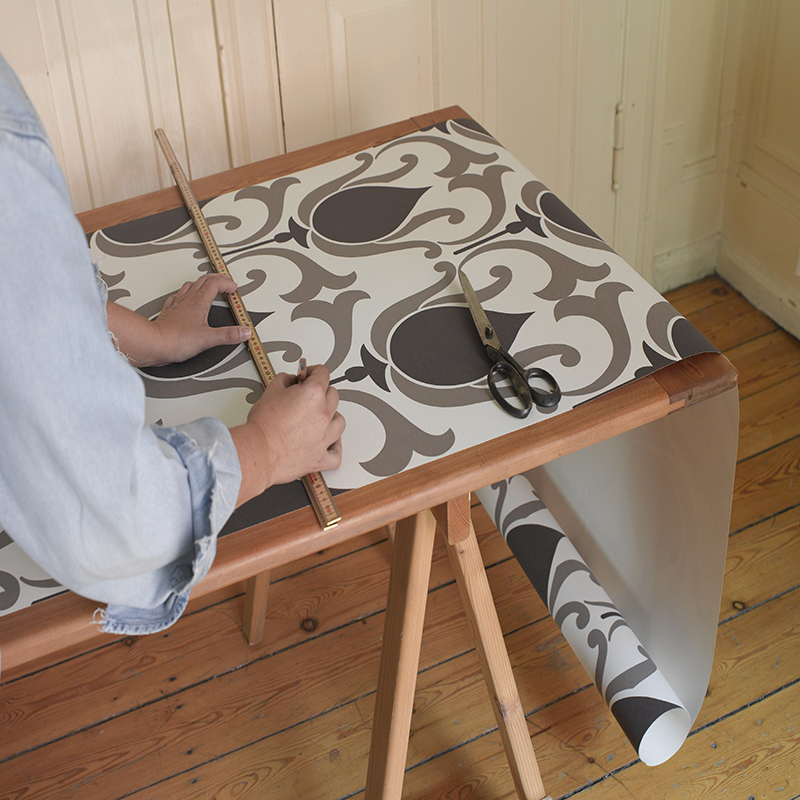
Paint is fine, but if you really want to make a statement, wallpaper could be the way to go. New trends, styles and textures are a far cry from your granny’s wallpaper of yesteryear; 2023’s are glamorous and sophisticated. And your choice needn’t be especially dramatic or grandiose to contribute to an effective look; sometimes all it takes is a subtle textured paper or a pop of color.
NJ HOME asked 15 New Jersey designers to share their wallpaper wisdom—about materials, style, sizing and more. If you need a pro to help with your papering, check out the experts’ links and get in touch with the one whose work strikes your fancy most—and tell them NJ HOME sent you!
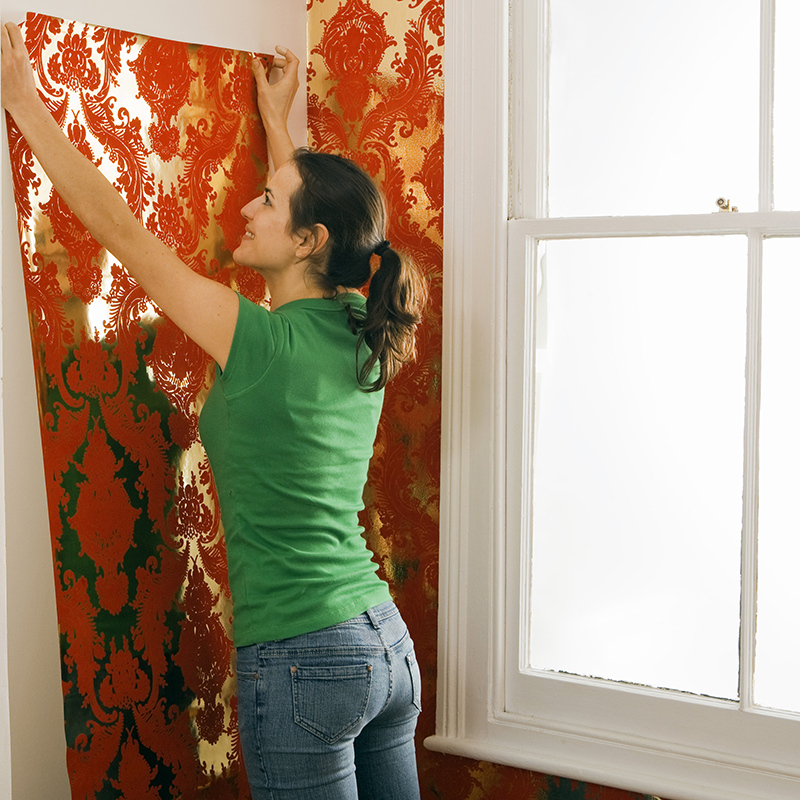
Materials
Where you’re considering putting the wallpaper will help determine what kind you should get. All our designers agree that vinyl, though not the most beautiful, is a popular choice for high-traffic areas such as kitchens, bathrooms, mudrooms and kids’ rooms, since it’s wipeable. It comes in a wide variety of finishes, including matte, glossy and embossed. “Most companies now offer a fantastic array of vinyls and performance papers which are terrific for families,” says Jacqueline Holt, Jacqueline Holt Interiors, Spring Lake. The more high-maintenance grasscloth and glamorous foil papers work for bedrooms, living rooms and home offices—and particularly for rooms with lower traffic and lower humidity levels. “Grasscloth in particular adds texture to spaces where you may prefer color blocking and durability,” notes Arielle Mizrahi, Arielle Mizrahi Design, Short Hills. Stephanie Alegre, Stephanie Alegre Interiors, Tinton Falls, adds that “linen, paper weave or silk can also provide the same texture and depth [as grasscloth] without feeling overwhelming.”
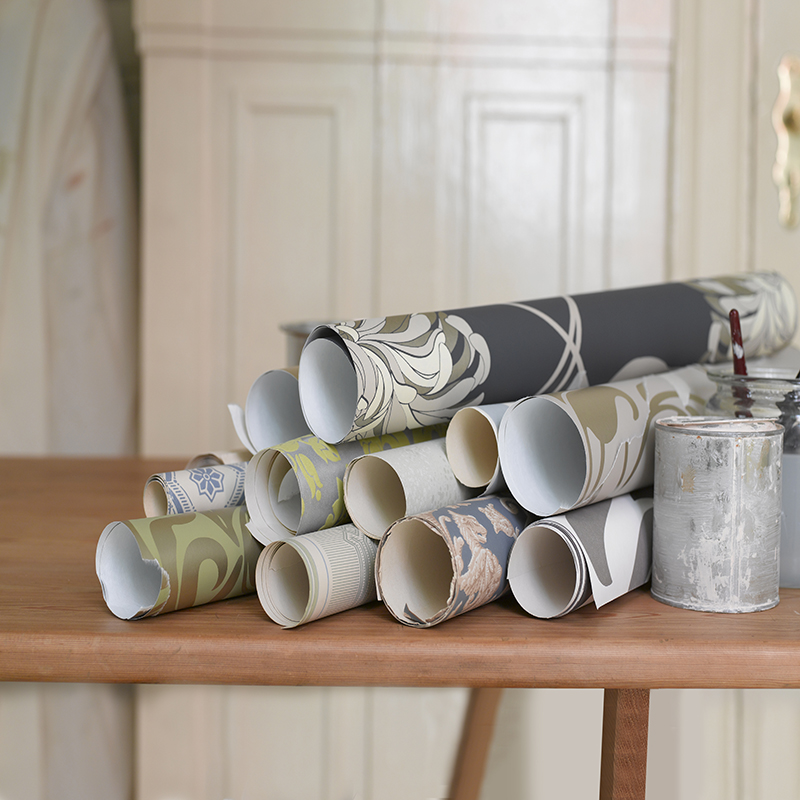
Style
As with any other design element, the wallpaper you select should fit the room and coordinate with everything else within it. “The simplest and most effective way to find a wallpaper is to start with a color story,” notes Andrew Suvalsky, Andrew Suvalsky Designs, Montclair. “You can either find the perfect wallpaper that inspires the fabric and other paint and finish selections, or choose a wallpaper at the end that pulls all those reference points together.” You’ll also want to use the room’s architecture, hardware and furniture to guide your choices. “I like to select wallcoverings after we’ve nailed down the palette, layout and any large furniture purchases,” says Andrea Leone, I & I Designs, Manalapan. However, if a wall covering speaks to you without being necessarily the “matchiest” choice, it’s likely still the one. “Focus less on creating the perfect, cohesive space and more on figuring out how you want your space to feel,” says Nicki Rae Titus, Enchanted Home Design, Midland Park. “Look for inspiration in magazines or on Instagram, and you’ll be able to identify a style that makes you feel good.”
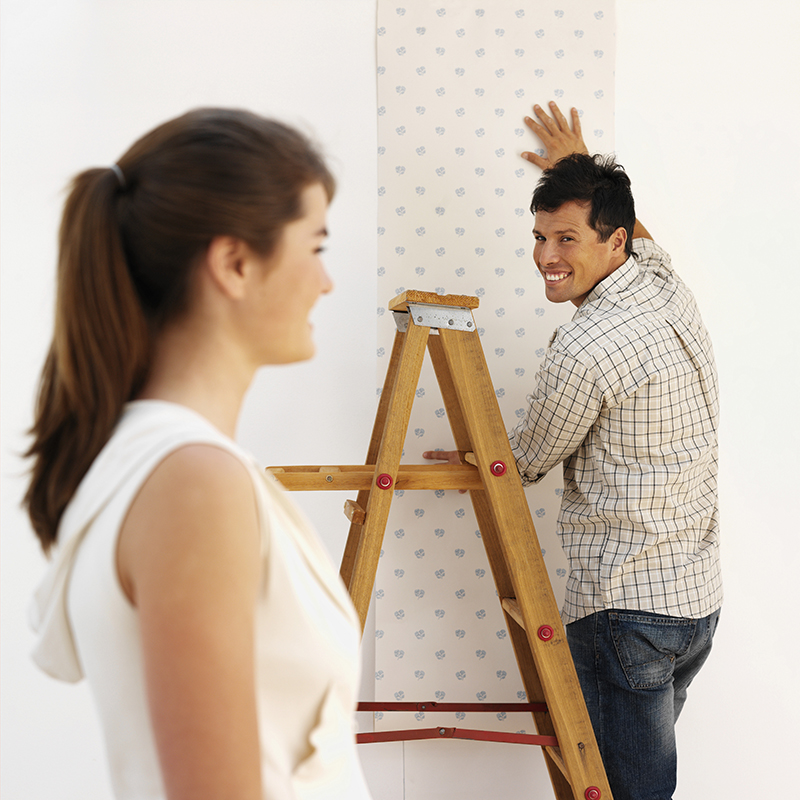
Location
Walls are the customary spots to paper, sure but you’ll really make a statement by papering in unexpected places, such as shelving or built-ins. “Papering the back wall of built-ins will make them a decorative focal point and create a gorgeous backdrop for collectibles,” notes Teresa Tumminia, At Home Custom Interiors, Cream Ridge. Additionally, papering a bookcase “gives the bookcase a facelift,” says Allyson Rich-Morren, A&R Interiors, Denville. “We like to add grasscloth to dark wood bookcases for an unexpected update.” Lisa Anisko Isaac, Lisa Isaac Design, Englewood, encourages her clients to paper stairwells or hallways to create the effect of a feature wall. “This can help to create a focal point in an area that may not have any natural points of interest,” she says, “and it’s a great way to add some personality to a long, narrow space.”

Scale
Besides finding a style you love, you’ll want to consider the size of your room and the scope of your wallpaper print, if applicable, before pulling the trigger. Most of our experts agree that a large print can enlarge, rather than tighten, a smaller space if done right. Patty LaCourte, Patty LaCourte Interior Design, Waldwick, says lighter colored wallpaper in a textured grasscloth or a solid-textured paper will make a smaller room feel more spacious. For the larger spaces, a larger-scale pattern will really pop. “Note that the room must be big enough to handle the repeat pattern, or it could look overwhelming,” LaCourte stresses. Campbell Minister, Campbell Minister Design, Montclair, says the trick is to paint the trim of the room in a dominant color from the wallpaper. “This can have an expansive feeling when you walk into a space because everything is monochromatic and consistent,” she notes. “Wallpaper and the paint tie together to make a small space bigger.”
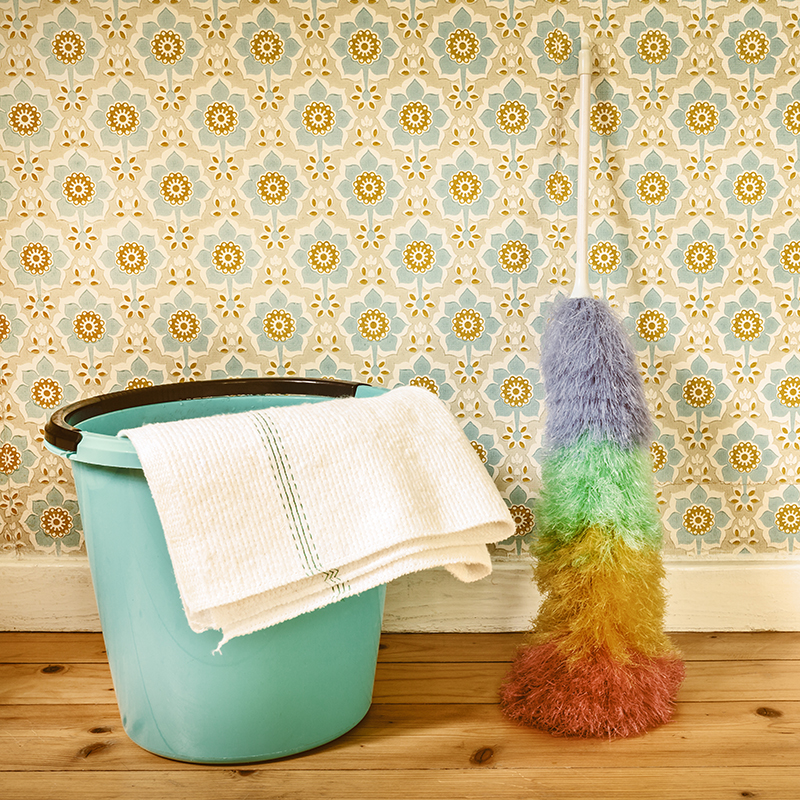
Maintenance
How can you make sure your wallpaper looks good as new for years to come? The first order of business it to make sure you have a top-notch installer, says Mary Catherine McCarthy, Mary Catherine McCarthy LLC, Sea Girt. For more regular touch-ups, she advises following the manufacturer’s care recommendations before applying any kind of harsh cleaning agent or moisture to wallpaper. Lisa Santoro, LJS Interiors, Morristown, says to refer to the manufacturer’s recommendations before applying any kind of harsh cleaning agent or moisture to wallpaper, but most papers can handle some spot cleaning and light dusting.
Still not sure you want to commit to wallpaper? Try before you buy. Robyn Stevens, Silhouette Studio, Saddle River, says many manufacturers will let you order just a yard or one roll of paper that you can sample in a corner of the room to make sure it’s the right texture, color or pattern. Additionally, Shelley Cekirge, Shelley Cekirge Interiors, Tenafly, says to “hang that sample on the wall, place it next to the furniture in the room, look at it in daylight and at dusk” before you make any decisions, so you feel confident about your wallpaper choice.
What’s your best piece of advice when it comes to wallpapering? And which designer’s tip above do you find most valuable? DM us your thoughts on Instagram @njhomemag!